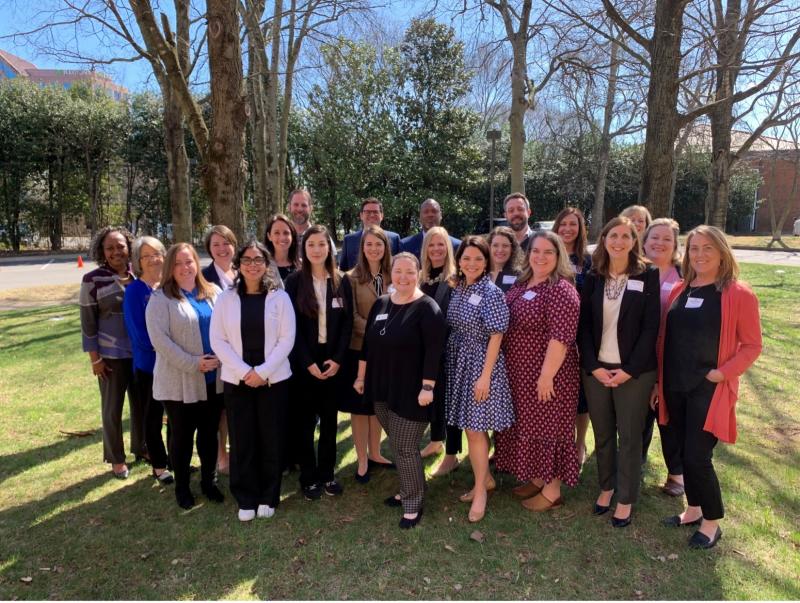Making the Connection: How Strengthening Our Childcare System Strengthens Our Workforce
huntsville.jpg

On February 28 and March 1, the U.S. Chamber of Commerce Foundation hosted the Early Childhood and Business Advisory Council, a joint initiative with the Bipartisan Policy Center (BPC), in Huntsville, Alabama. During this two-day meeting at the Huntsville/Madison County Chamber, we worked together, informing members of each of the nine state’s childcare updates. Additionally, three state teams (Alabama, Kentucky, and South Dakota) were given the opportunity to provide an in-depth presentation on the progress made since our last in-person meeting in June.
Brittany Walsh, Associate Director for Early Childhood Initiative at the Bipartisan Policy Center, spoke with me to reflect on insights and lessons learned from the meeting.
SS: We heard during the Alabama presentation from Lyndsay Ferguson, Bernard Houston, Gail Piggott, and Faye Nelson about how investing in child care will encourage labor force participation and grow businesses. As Gail said, we have a once in a lifetime opportunity to transform child care. Brittany, can you talk about the impact the Child Care Workforce Stabilization Grant issued by the State of Alabama Department of Human Resources has had on Alabama’s child care workforce?
BW: Alabama’s team did a terrific job at identifying areas of need within their state’s childcare systems and effectively used their stabilization and other COVID-relief dollars to strengthen the existing childcare workforce. The stabilization grant bonuses not only helped offset the historically low wages of childcare providers and workers, but more impressively is how the state is working to ensure long-term sustainability.
If there is one thing Alabama does exceptionally well, it is attracting business to the state. Unfortunately, access to affordable, quality childcare has been a barrier. Alabama’s team took an innovative approach to increase access to child care by:
- introducing a media campaign;
- launching an assortment of technical assistance supports; and
- recruiting new staff to the field.
This approach was a huge success both in the short- and long-term. It resulted in an increase in quality childcare programming and enabled Alabama to continue to attract new businesses to the state throughout and following the pandemic. The State of Alabama Department of Human Resources’ work is an amazing example of what success looks like when the early childhood and business communities and elected officials work together. Exciting initiatives continue to come out of Alabama, and those of us working to increase access to childcare on the national stage look forward to seeing what innovations 2023 will bring!
SS: We know it is important for the business community to invest in childcare. In Kentucky, the KY Chamber of Commerce led the charge on HB 499, relating to employee childcare assistance. What are a few best practices that have emerged from Kentucky to encourage employer engagement?
BW: The Kentucky Chamber of Commerce and early childhood stakeholders did an excellent job of uniting behind HB 499 and coordinating advocacy efforts, a huge accomplishment. As I understand it, the Kentucky team’s efforts are part of a multi-year, multi-tier approach which also included educating the state legislature on the importance of such a program.
Like Alabama, a lot of businesses are interested in expanding or locating in Kentucky, but the state lacks the childcare infrastructure to meet the increased workforce demands.
The business and early childhood communities teaming up to highlight not only the need, but also an investment and willingness to “put their money where their mouth is,” demonstrated childcare should be a top priority in the state house. This was a huge feat and highlights what the business and early childhood communities can accomplish together.